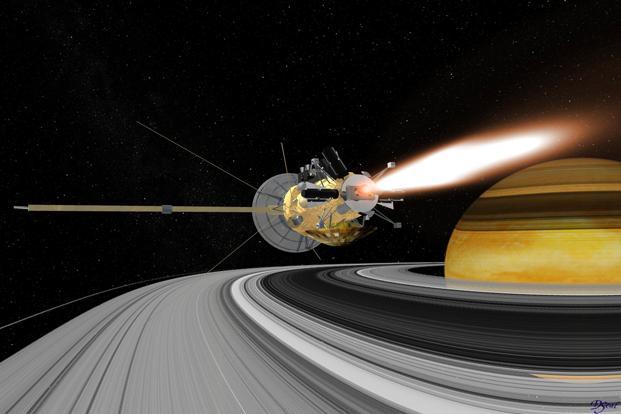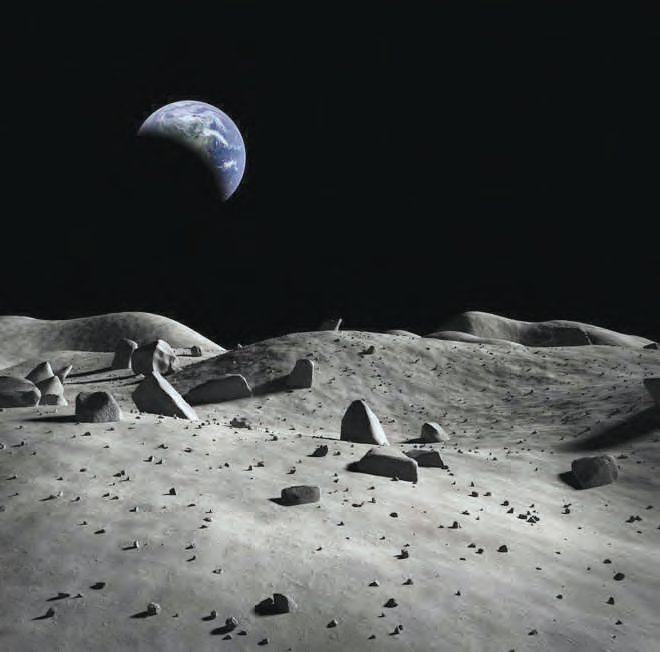
WASHINGTON (TIP): NASA‘s Cassini spacecraft is set to begin a thrilling ride around Saturn, grazing past its outer rings to provide the closest-ever insight into the planet’s features.
Between November 30 and April 22, the Cassini spacecraft will circle high over and under the poles of Saturn, diving every seven days – a total of 20 times -through the unexplored region at the outer edge of the main rings.
Engineers at NASA have been pumping up the spacecraft’s orbit around Saturn this year to increase its tilt with respect to the planet’s equator and rings.
On November 30, following a gravitational nudge from Saturn’s moon Titan, Cassini will enter the first phase of the mission’s dramatic endgame.
Launched in 1997, Cassini has been touring the Saturn system since arriving there in 2004 for an up-close study of the planet, its rings and moons.
During its journey, Cassini has made numerous dramatic discoveries, including a global ocean within Enceladus and liquid methane seas on Titan.
“We’re calling this phase of the mission Cassini’s Ring-Grazing Orbits, because we’ll be skimming past the outer edge of the rings,” said Linda Spilker, Cassini project scientist at NASA’s Jet Propulsion Laboratory in the US.
“In addition, we have two instruments that can sample particles and gases as we cross the ringplane, so in a sense Cassini is also ‘grazing’ on the rings,” said Spilker.
On many of these passes, Cassini’s instruments will attempt to directly sample ring particles and molecules of faint gases that are found close to the rings.
During the first two orbits, the spacecraft will pass directly through an extremely faint ring produced by tiny meteors striking the two small moons Janus and Epimetheus.Ring crossings in March and April will send the spacecraft through the dusty outer reaches of the F ring. “Even though we’re flying closer to the F ring than we ever have, we’ll still be more than 7,800 kilometres distant. There’s very little concern over dust hazard at that range,” said Earl Maize, Cassini project manager at JPL. The F ring marks the outer boundary of the main ring system; Saturn has several other, much fainter rings that lie farther from the planet.
The F ring is complex and constantly changing. Earlier Cassini images have shown structures like bright streamers, wispy filaments and dark channels that appear and develop over mere hours.
The ring is also quite narrow – only about 800 kilometres wide. At its core is a denser region about 50 kilometres wide.
Cassini’s ring-grazing orbits offer unprecedented opportunities to observe the menagerie of small moons that orbit in or near the edges of the rings, including best-ever looks at the moons Pandora, Atlas, Pan and Daphnis.
Grazing the edges of the rings also will provide some of the closest-ever studies of the outer portions of Saturn’s main rings (the A, B and F rings).





Be the first to comment